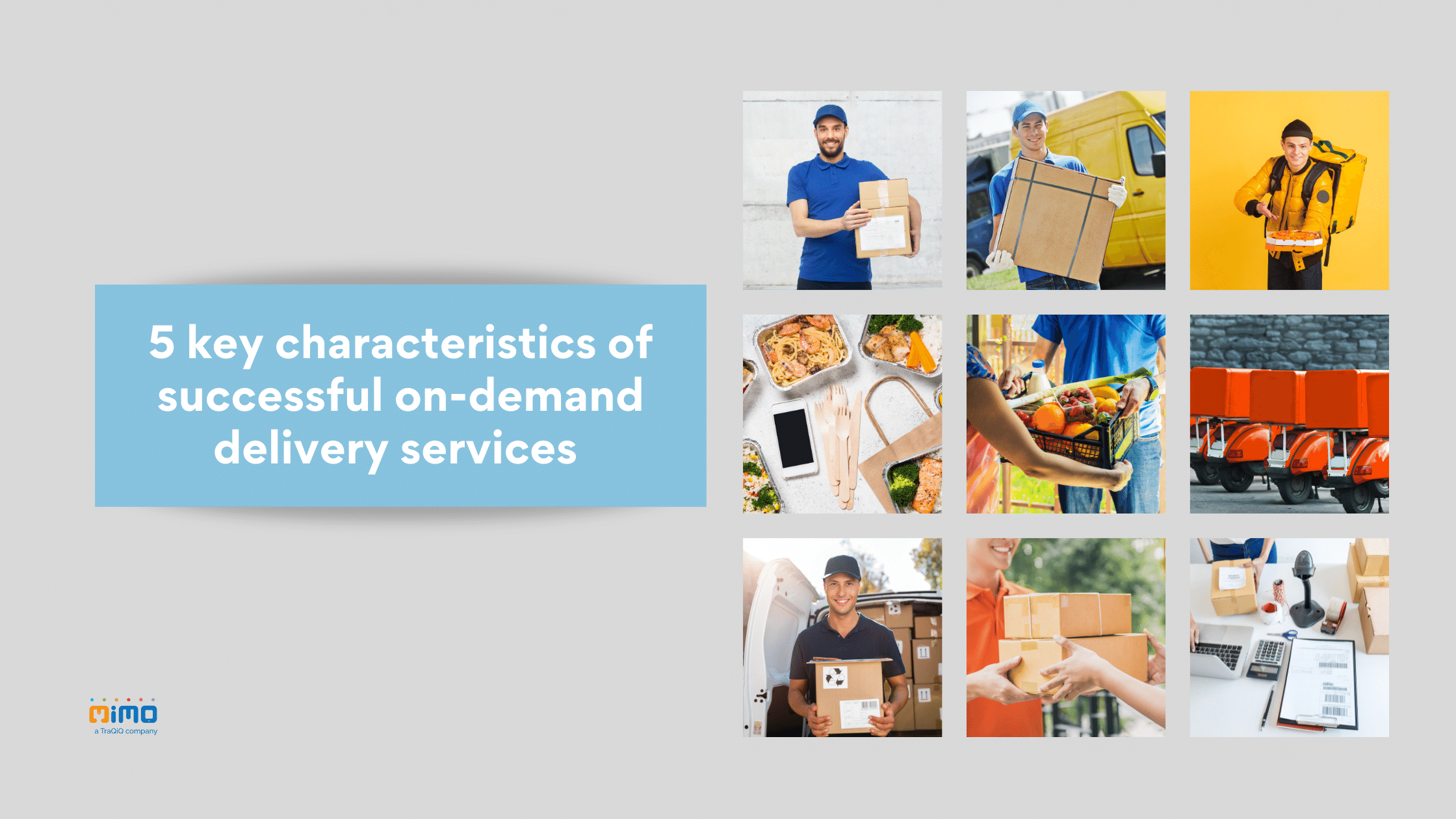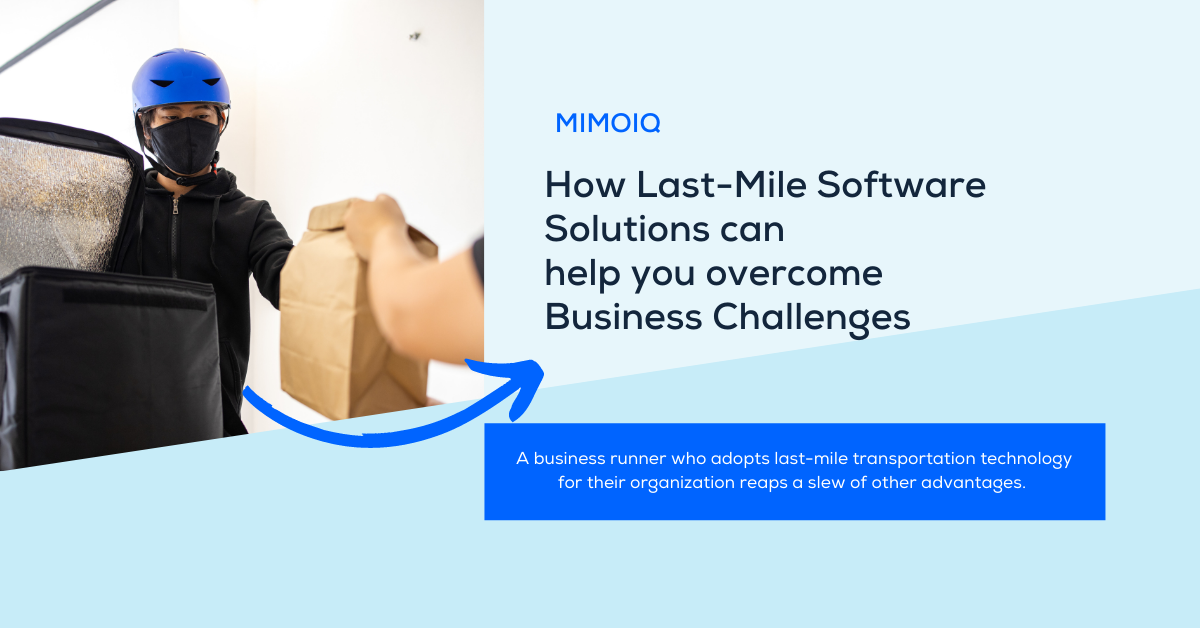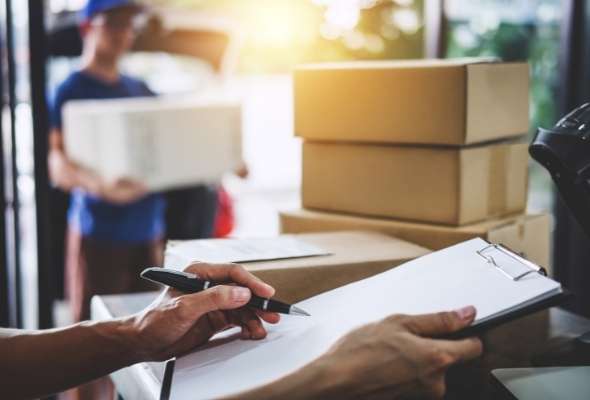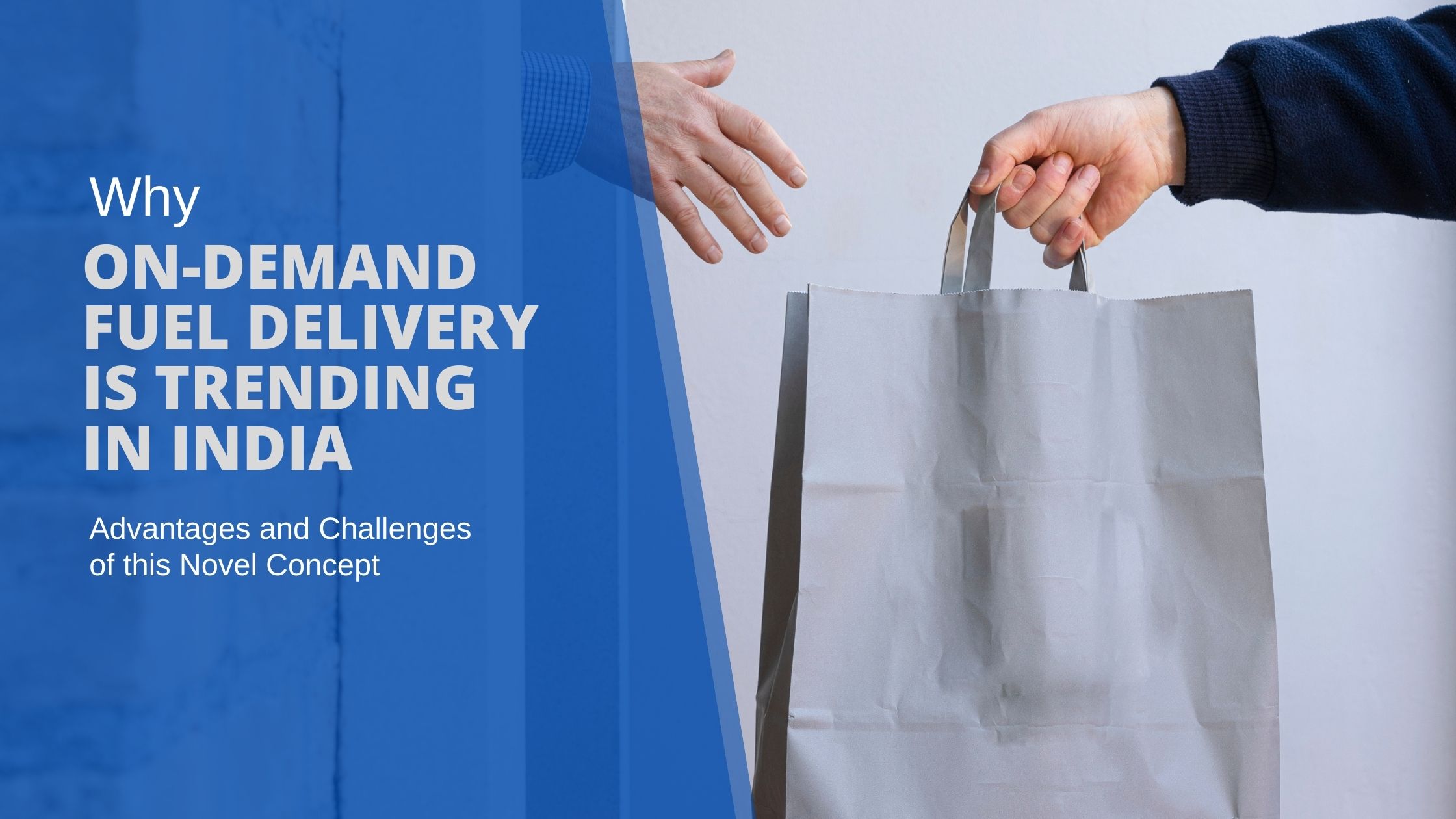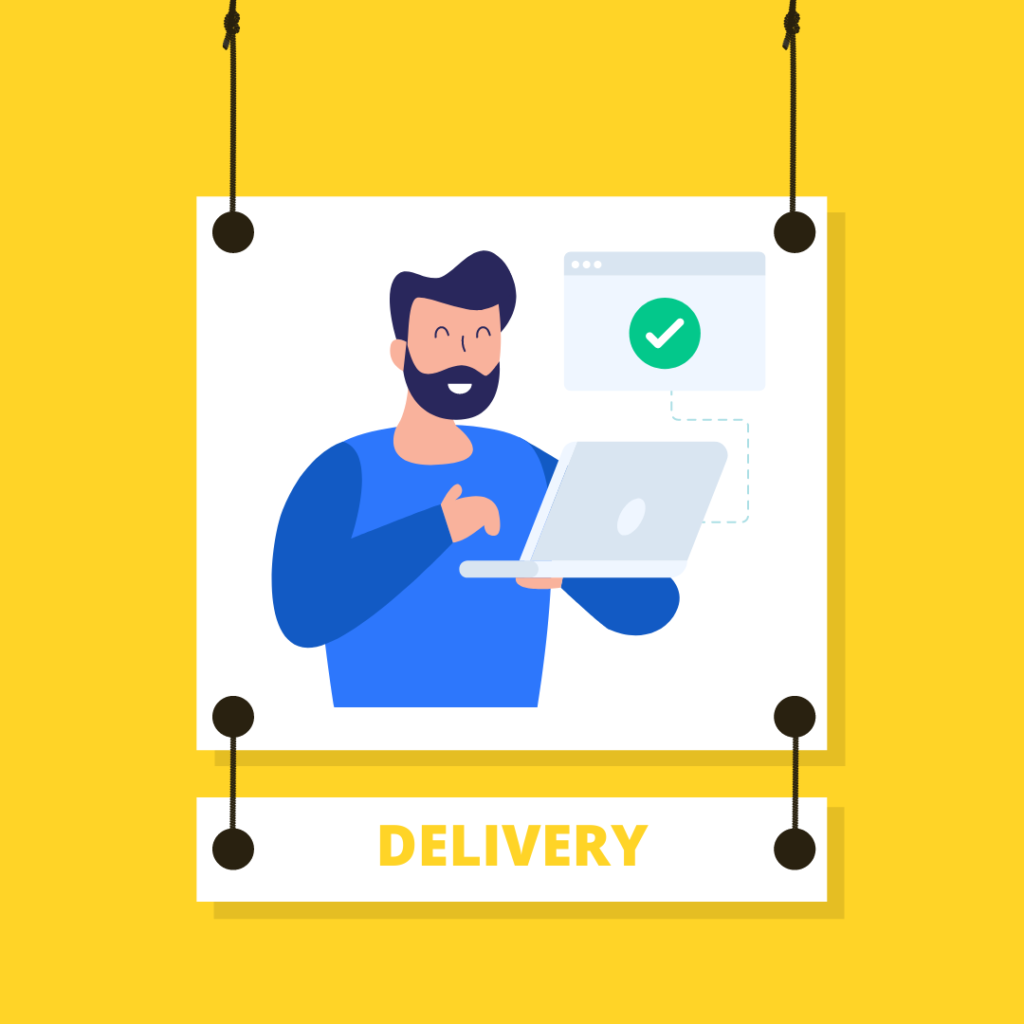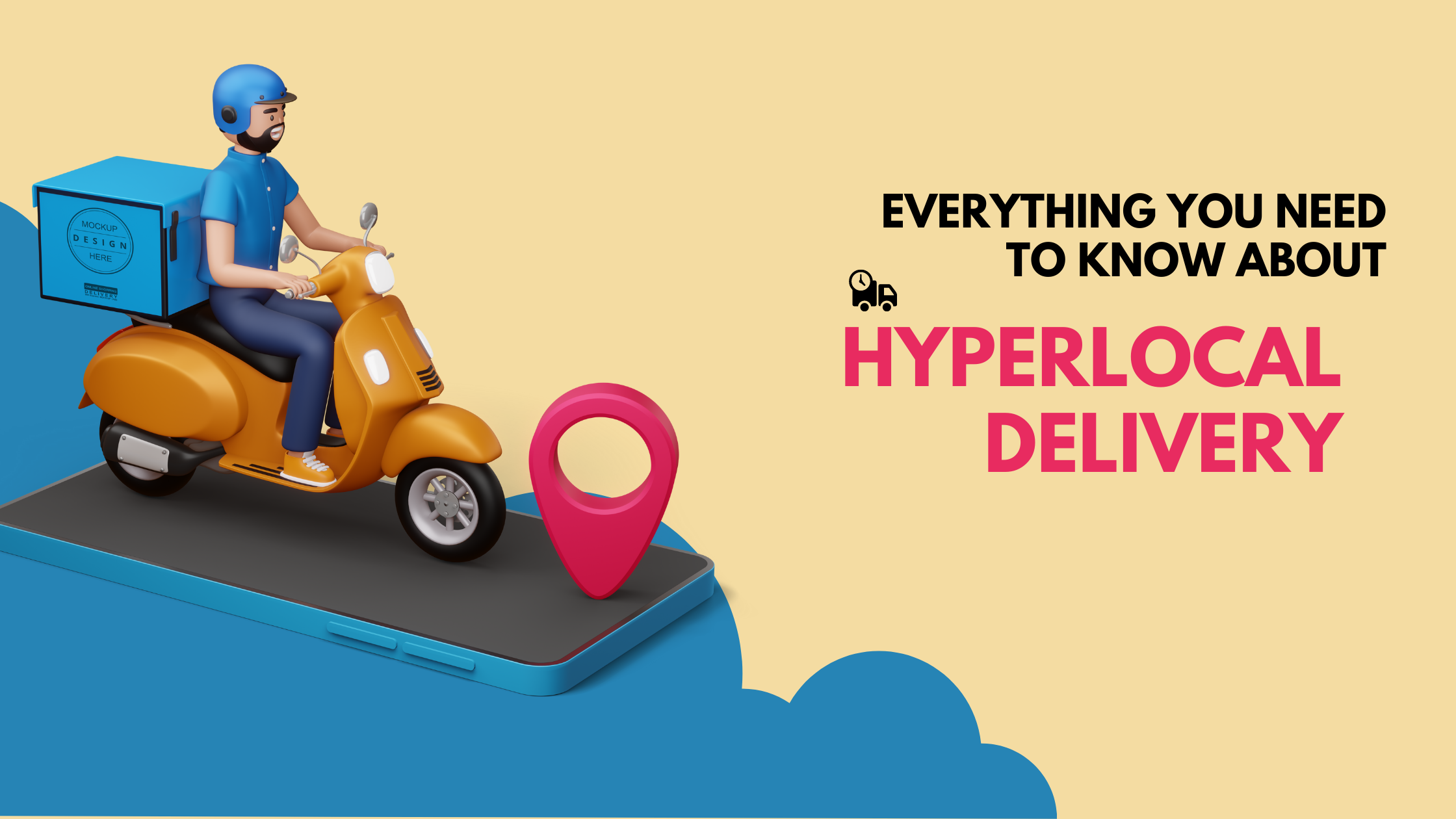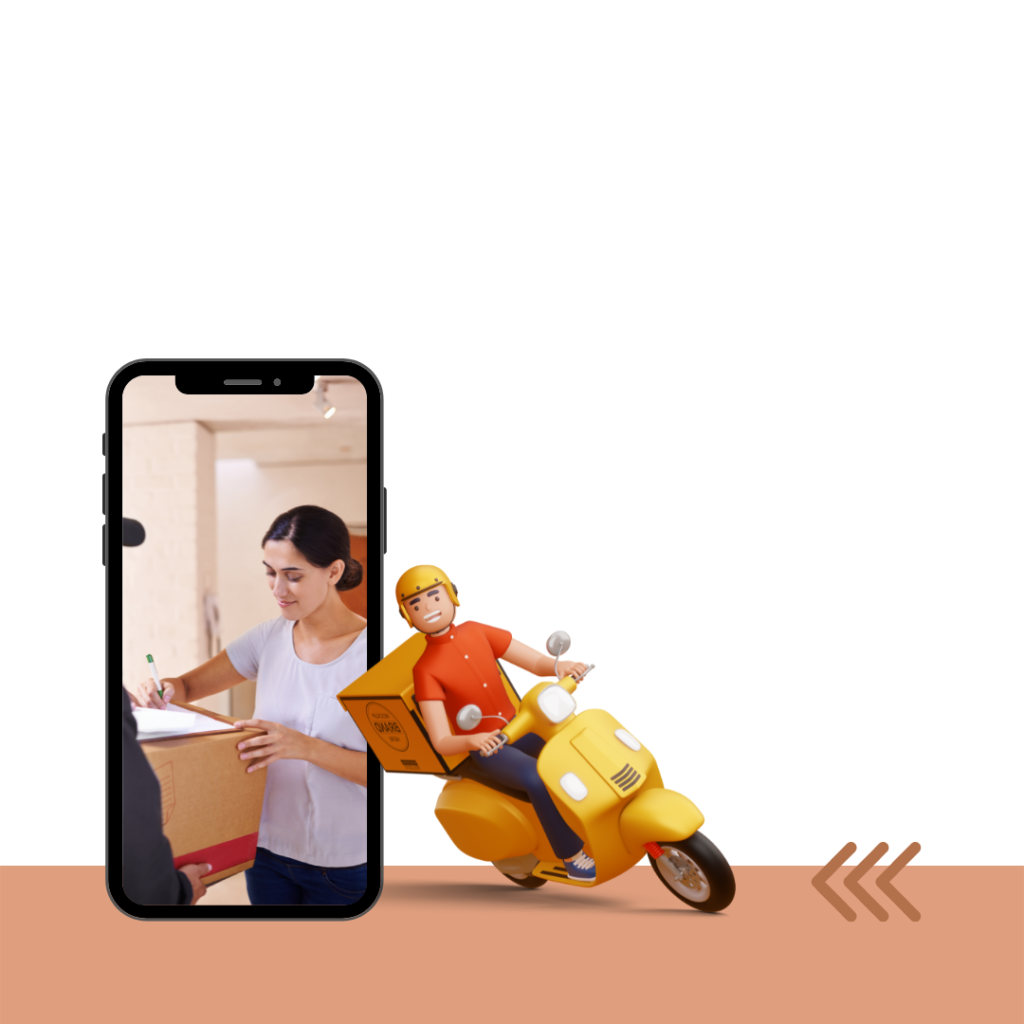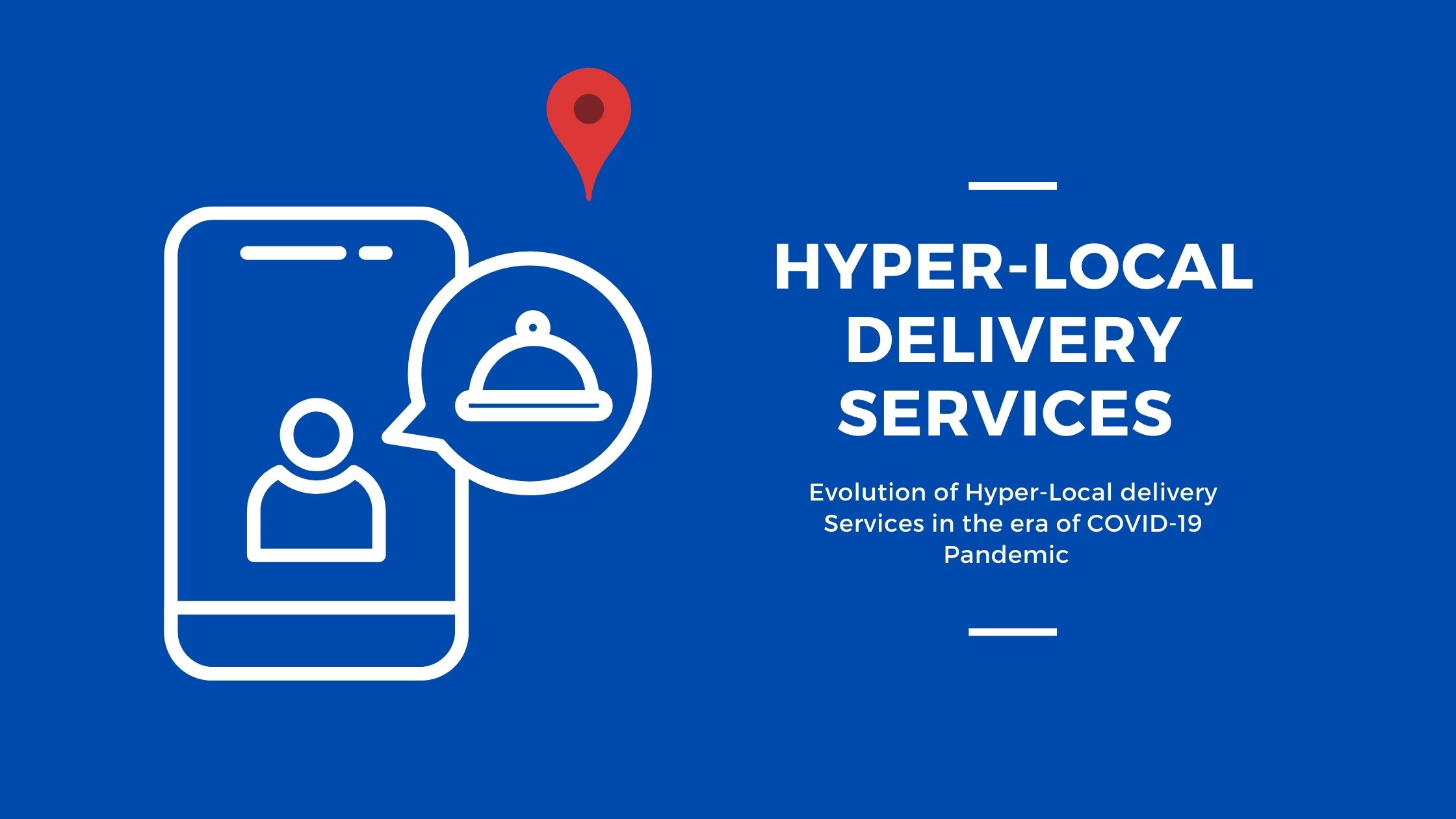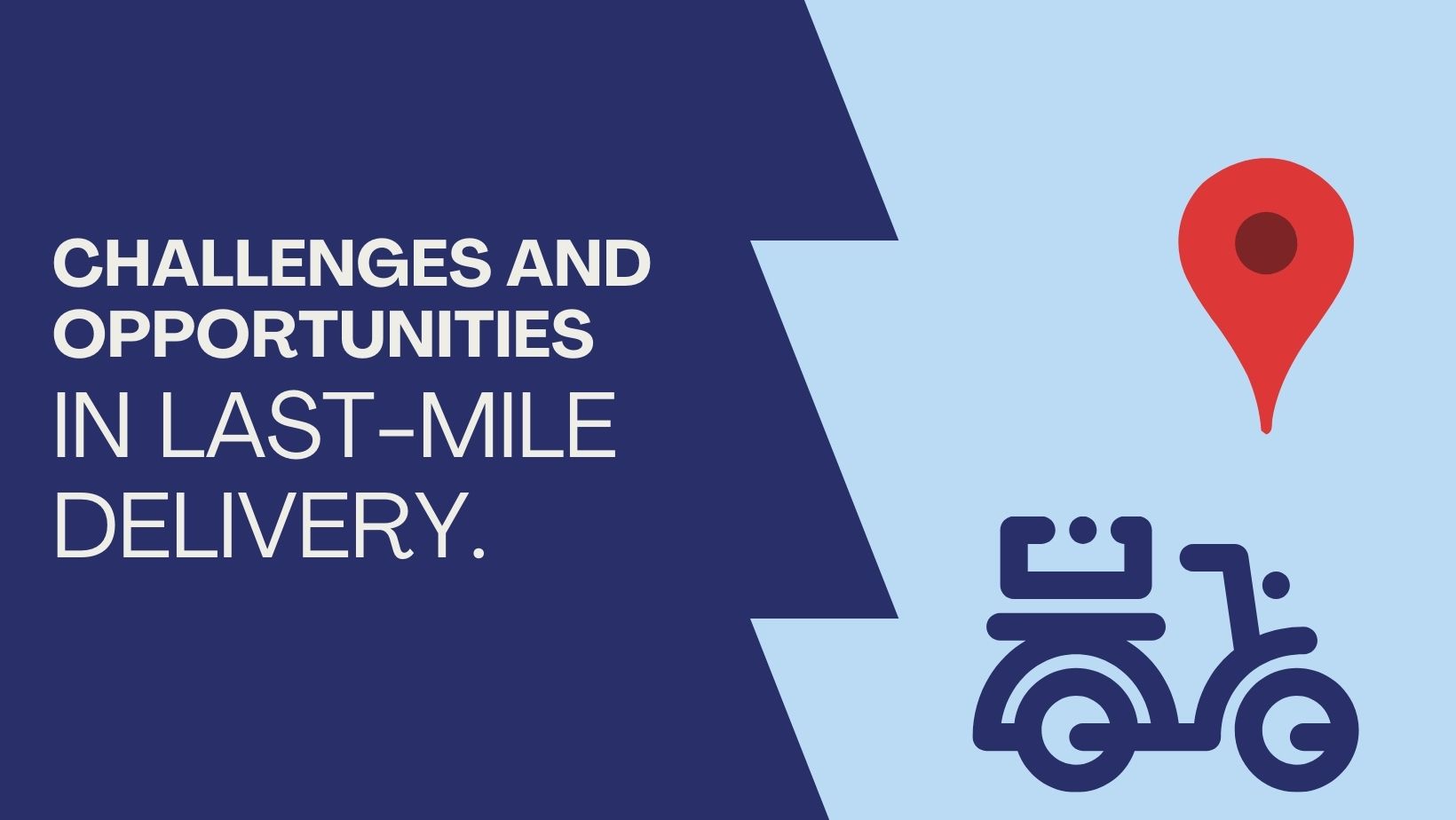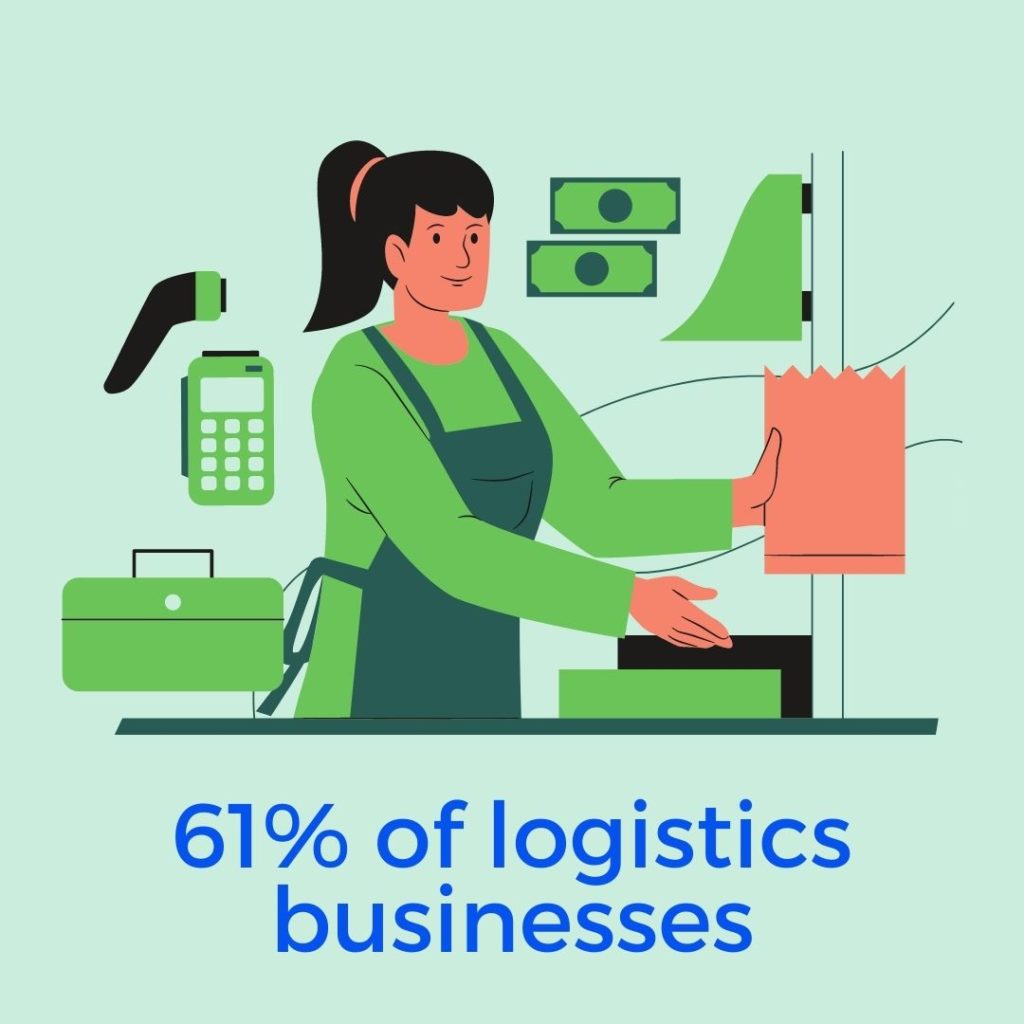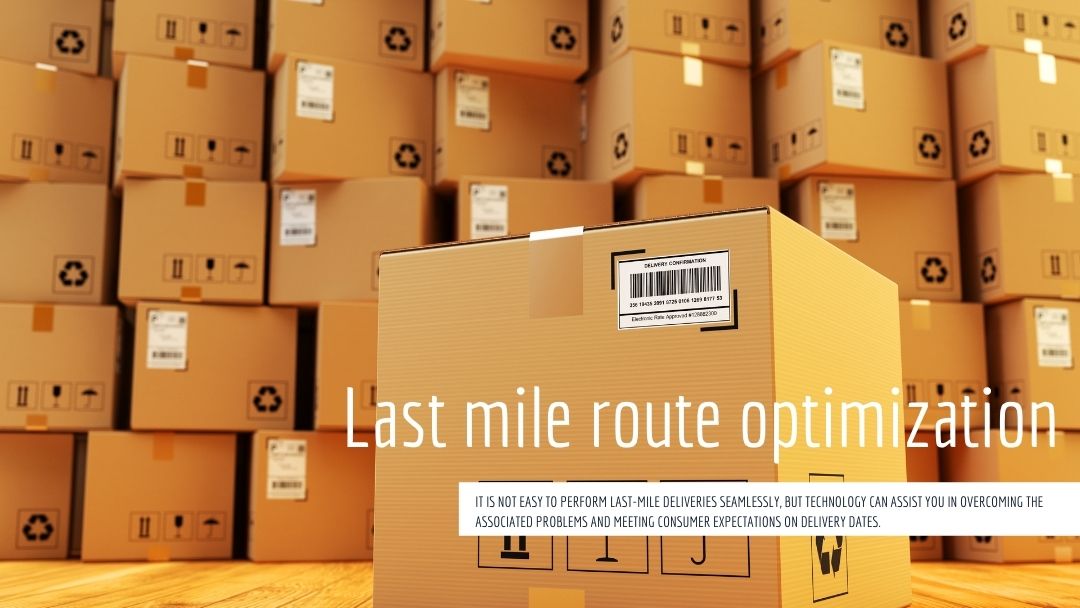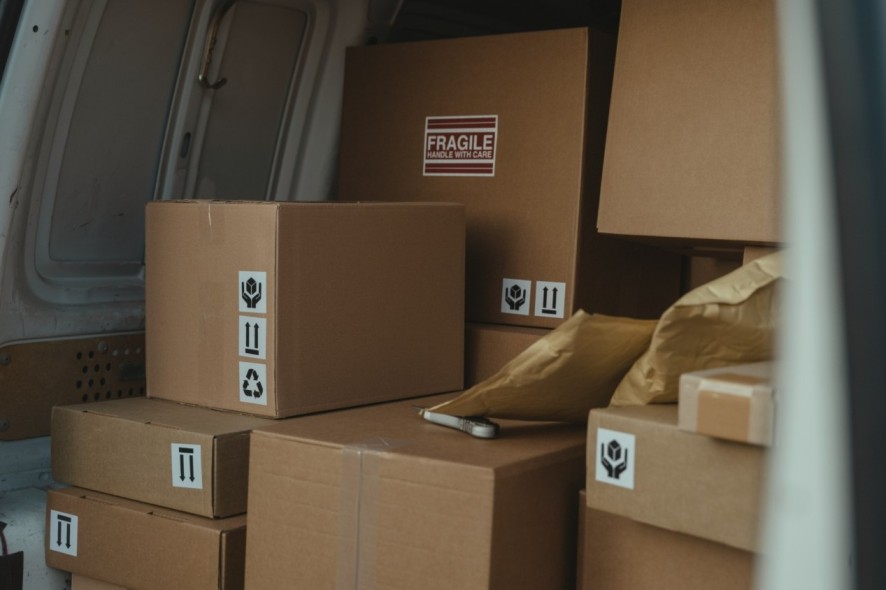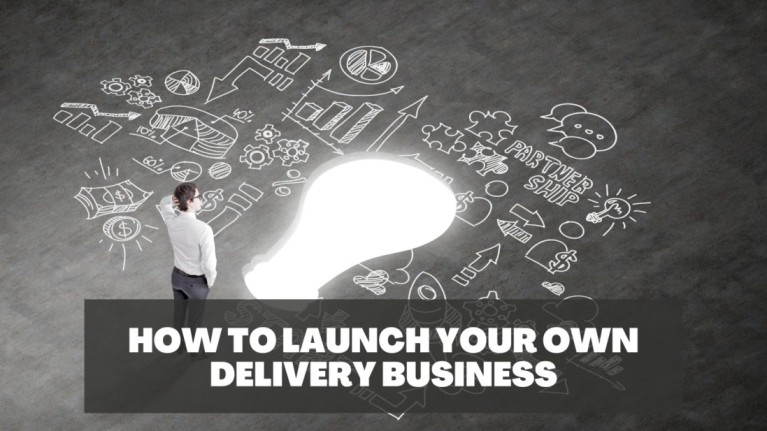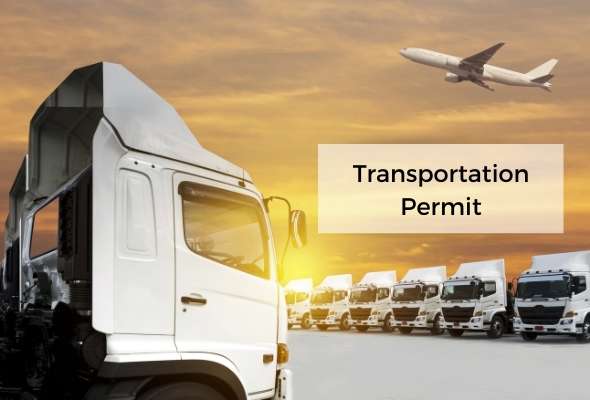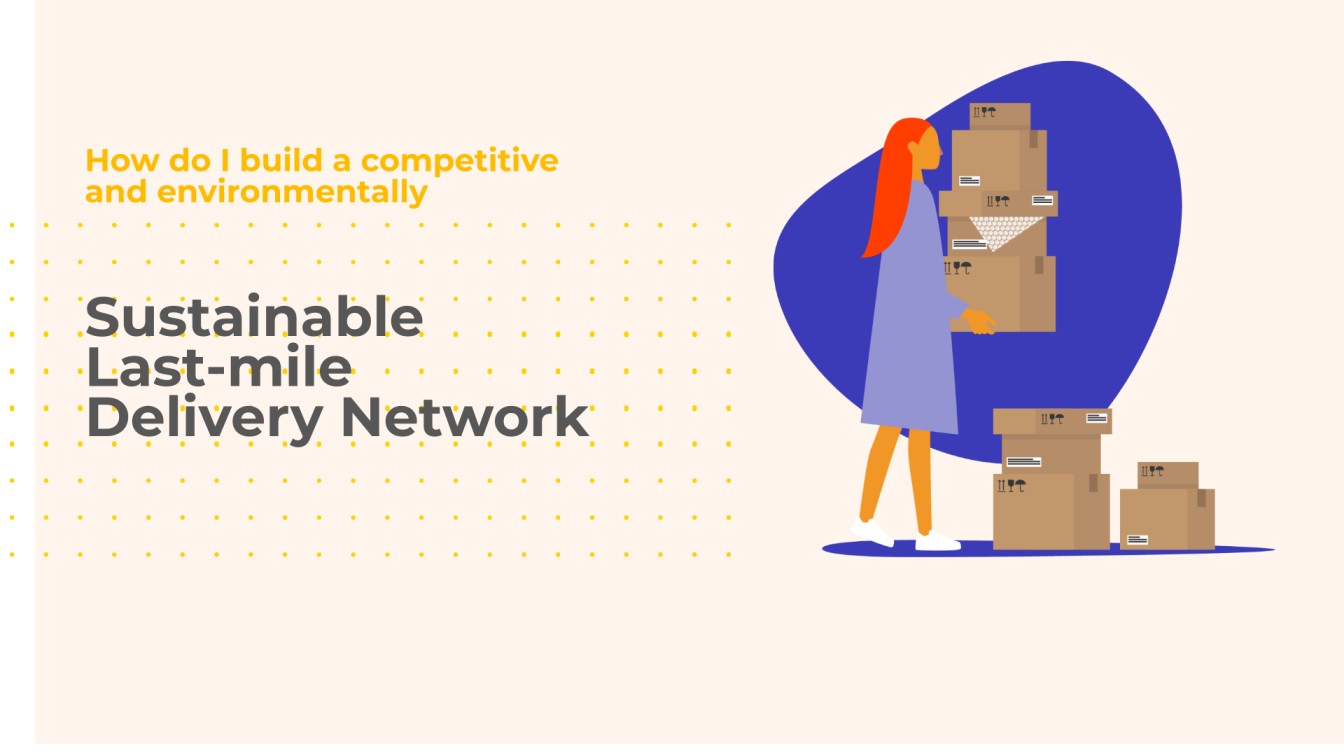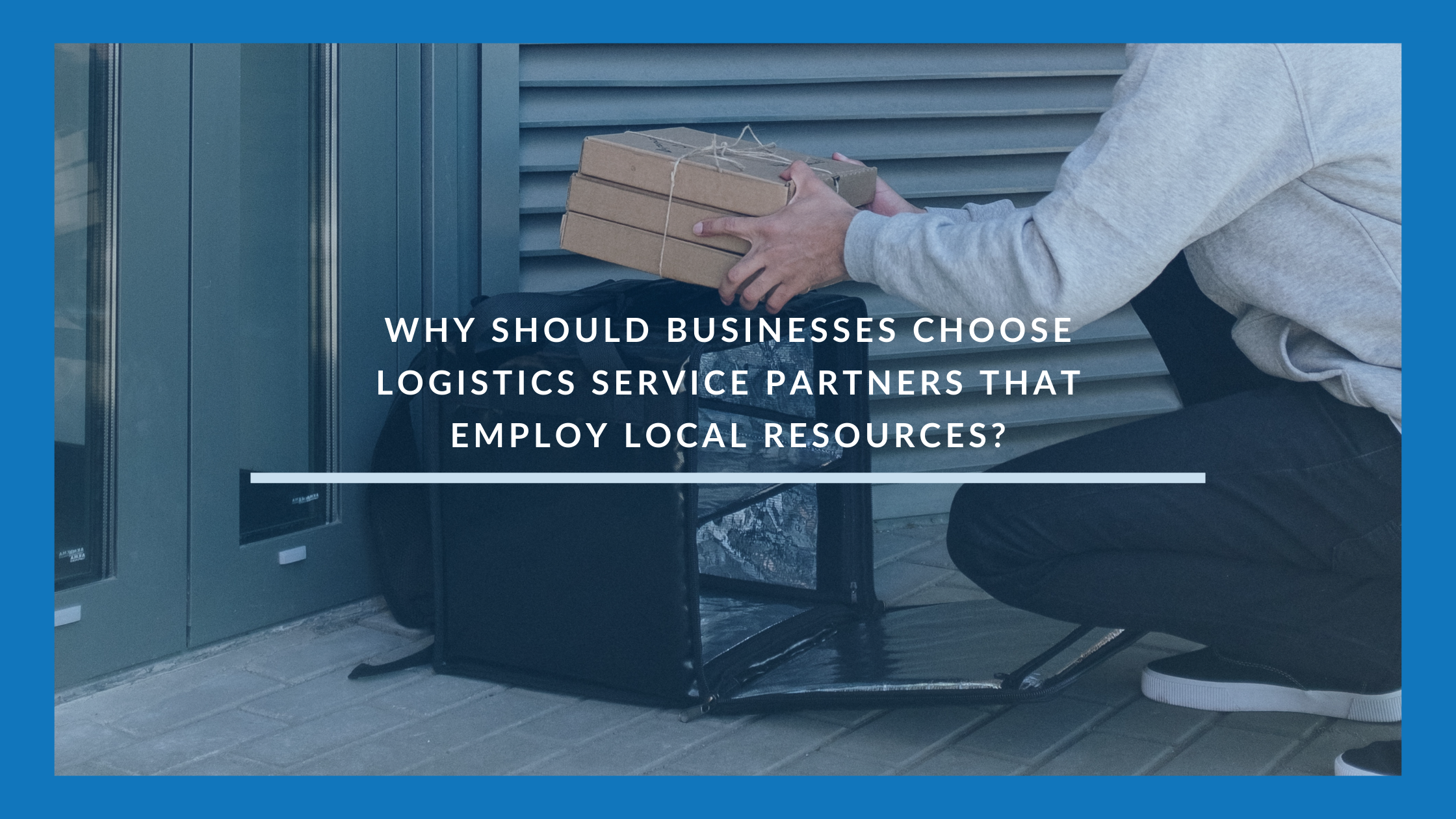
5 key characteristics of successful on-demand delivery services
Companies must examine which “must have elements” are lacking from their delivery services in today’s on-demand delivery industry in order to reduce delivery costs and create better client experiences.
Table of Contents
Successful on-demand delivery services include the following characteristics
Convenient Scheduling and Accurate Delivery Quotes
At checkout, any firm that sells products online should provide simple and accurate fulfilment alternatives. This contains the location and time of the delivery or pickup. It’s not easy to ensure these timeframes are precise; you’ll need to know everything from inventory location to fleet availability. For e.g. Is there enough automobile space for curbside pickup at that time?
Automation is a tool that allows you to give users with immediate quotations. Of course, you must first verify that you have the appropriate delivery timeframes (e.g., short delivery windows, same-day delivery) and fulfilment alternatives (curbside, click and collect, same-day delivery) in place.
On-demand delivery and fulfilment management that is coordinated and flexible
From the minute an order is made to the moment it arrives at your customer’s door, the whole delivery process must be organized, digitized, and synchronized from start to finish. You must have insight over the whole last mile flow, for all fulfilment models, in order to save operating expenses. That way, you’ll be able to figure out how to make the most of your existing resources and delivery providers to handle on-demand deliveries.
To accomplish same-day pickup of retail orders, for example, you must first determine where inventory is accessible locally, then source orders to the relevant location and have retail personnel locate the item in time for pickup.
The same is true for ship from store orders: store inventory, retail employees, and drivers (including external fleets) must all be in sync, which necessitates centralizing all data. This is especially true if you collaborate with a variety of aggregators or delivery service providers.
Integrating third party delivery services
Successful on-demand delivery services refer to the capacity to satisfy client demand at any time of the day or year. Brands must be able to respond rapidly to consumer requirements and, where required, supplement drivers. This is when the use of third-party delivery services comes in handy. Brands can improve their on-demand (and planned) deliveries, increase brand exposure, and maintain high customer satisfaction by incorporating third-party delivery solutions into their existing fleet management systems. A third-party distribution hub can be used to construct a delivery network and distribute orders based on their business needs.

Automation
In today’s on-demand culture, time is not just money; it is also the most valuable commodity. You’ll lose a customer if you can’t get an order to them promptly. This is why automation must be built into every part of the on-demand delivery process, from backend systems to communications with managers, drivers, and customers.
Automation is the most efficient and dependable approach to conduct cost-effective delivery operations while still providing a fantastic client experience.
Based on business rules relating to cost, volume, and other business goals, an automated dispatching and routing system can determine whether to dispatch an order to an in-house driver, a crowdsourced delivery fleet, or another delivery provider. The system may also make decisions on its own, such as extending delivery timeframes or providing other delivery alternatives.
All of these choices must be made in real time, which involves the use of automation technologies and real-time integration of all of your systems, including those of your external suppliers.
Orders that can be fulfilled locally via ship-from-store and in-store pickup.
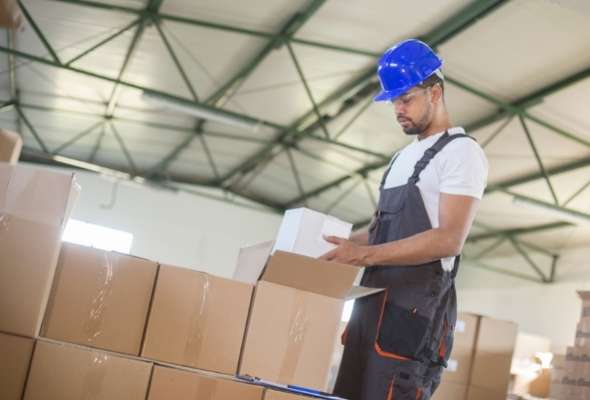
Reduce shipping costs by making use of local inventories. Understand where and when each delivery option and its linked systems (inventory, warehouse, transportation management systems) will be the most cost-effective using data and data analytics. Then, in order to provide lower shipping costs – or no price at all – in competitive time frames, build your on-demand delivery processes and resources (inventory, drivers, fleets, and other teams) and systems accordingly.
How can MIMO help?
Effective fleet management and last-mile delivery optimization will help you make fast hyperlocal deliveries, whether you are an e-commerce vendor or a local delivery service. So, are you ready to use last-mile delivery tools to boost the quality of your on-demand delivery services? MIMO can help your business come online with the best hyperlocal delivery services in the region.
Successful management of the transportation distribution process is becoming increasingly important nowadays. MIMO Technologies offers a tech-enabled platform to easily transport goods and products and achieve a high degree of precision in e-commerce and hyper-local delivery.
Our field officers are qualified to complete deadline-oriented work and deliver it to your customer in India’s most remote locations within pre-determined timelines. More than 14000 field officers serve in various rural and semi-urban areas.
Like this article?
More To Explore

What Is the Role of Background Checks in Establishing a Trustworthy Team?
+91 1141182211 One of the most vital assignments for any business is to bring in the right employees. Alongside skills

What Is a Last-Mile Strategy—And Why Is It Crucial for Your Business?
+91 1141182211 Ever ordered something online and then obsessively tracked the package as it made its way to your doorstep?

What Makes a PAN India Field Network Essential for Accurate Data Collection?
+91 1141182211 In today’s data-driven world, getting accurate, real-time insights from across the country is crucial for organizations that want
